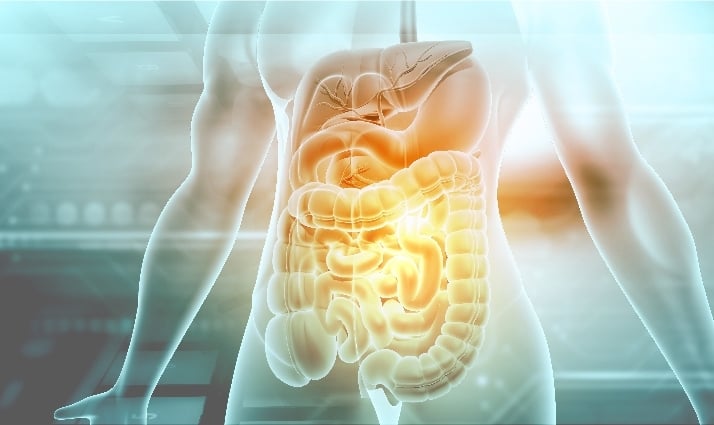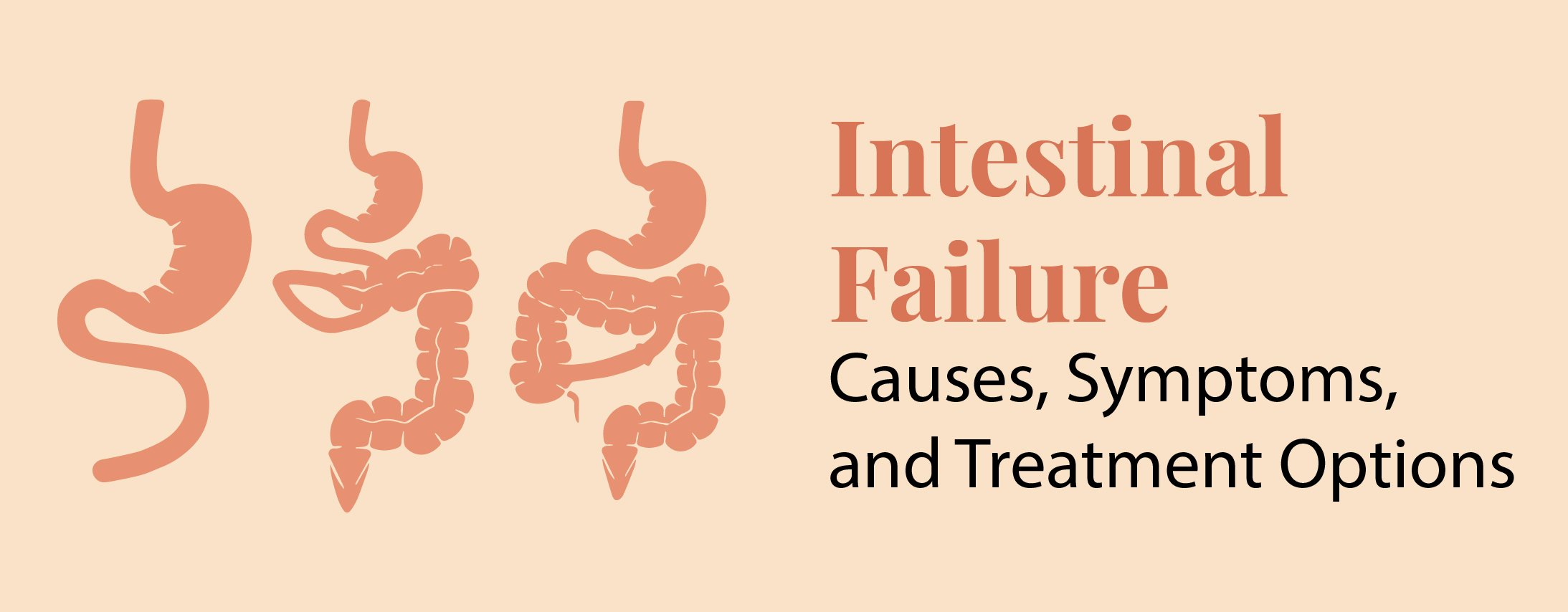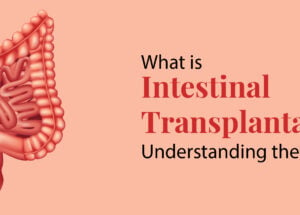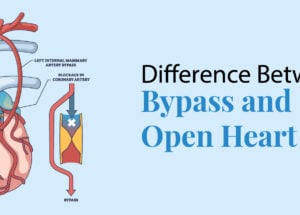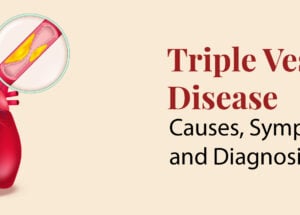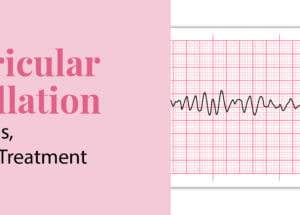What is Endoscopy?
February 21, 2025

An endoscopy is a surgical procedure wherein your doctor uses specialized devices to examine and operate on your body’s interior organs and veins. It enables doctors to view your body without creating extensive incisions.
A surgeon puts an endoscope into the body through a small incision or orifice, like the mouth. An endoscope is a tube with a camera that lets your doctor view the inside. On the endoscope, your doctor can use forceps and scissors to operate or remove tissue for biopsy.
Why Does One Need an Endoscopy?
Endoscopy allows the doctor to check an organ without a significant incision. The doctor can view what the endoscope sees on a screen in the operating room.
Endoscopy is commonly used to
- Assist your doctor in determining the source of any unusual symptoms you are experiencing
- Endoscopic biopsy is the removal of a tiny sample of tissue that can subsequently be submitted to a lab for further examination.
- Assist your doctor in seeing your body during surgical treatment, like mending a stomach ulcer or removing gallstones or tumors.
Suppose you have signs of one of the following disorders. In that case, your doctor may suggest an endoscopy:
- Inflammatory bowel diseases (IBD), such as ulcerative colitis (UC) and Crohn’s disease
- Stomach ulcer
- Chronic constipation
- Pancreatitis
- Gallstones
- Unexplained bleeding in the digestive tract
- Tumors
- Infections
- Blockage of the esophagus
- Gastroesophageal reflux disease (GERD)
- Hiatal hernia
- Unusual vaginal bleeding
- Blood in your urine
- Other digestive tract issues
Before endoscopy, your doctor will assess your symptoms, do a medical examination, and potentially request specific blood tests. These tests will assist your doctor in determining the most likely cause of the symptoms. These tests may also assist them in determining if the issues may be handled without endoscopy or surgery.
How Should One Prepare for an Endoscopy?
Your doctor will provide you with detailed information regarding the gut wall. Most forms of endoscopy need you to fast for up to 12 hours before the operation. Some clear beverages, such as juice or water, may be consumed at least two hours before treatment. Your doctor will explain this to you.
To empty your system, your doctor may prescribe laxatives or enemas the night before the surgery. This is frequent, with operations affecting the Digestive system and the anus. Before the endoscopy, your doctor will perform a physical examination and review your complete medical history and past procedures.
Make sure your doctor knows your prescriptions, including over-the-counter meds and nutritional supplements. Inform your doctor of any allergies you may have. Certain medicines, particularly anticoagulants and antiplatelet agents, may need to be discontinued. Since the anesthesia may cause you to feel groggy following the surgery, you should arrange for another person to drive you home.
Types of Endoscopy
Endoscopy procedures vary based on the body part being examined. While all endoscopic procedures use a specialized scope to visualize internal structures, they differ in insertion points and specific organs targeted. Here are the main types:
- Gastrointestinal Endoscopy
- Esophagogastroduodenoscopy (EGD): Examines the esophagus, stomach, and upper small intestine via the mouth.
- Enteroscopy: Inspects the small intestine, accessed through the mouth (upper enteroscopy) or anus (lower enteroscopy).
- Colonoscopy: Evaluates the colon by inserting a scope through the anus.
- Sigmoidoscopy: Focuses on the lower colon and rectum.
- Anoscopy & Proctoscopy: Used to examine the anus and rectum.
- Respiratory Endoscopy
- Bronchoscopy: A scope is inserted through the mouth or nostril to assess the lungs and airways.
- Laryngoscopy: Examines the voice box (larynx) via the mouth or nose.
- Urinary and Reproductive Endoscopy
- Cystoscopy: Inspects the bladder and urethra through the urinary tract.
- Hysteroscopy: A medical scope is inserted through the vagina to inspect the uterus.
- Colposcopy: Focuses on the cervix and vaginal canal.
- Surgical & Specialized Endoscopy
- Laparoscopy: A minimally invasive procedure using an incision in the abdomen to view reproductive and abdominal organs.
- Arthroscopy: Examines joint conditions by inserting a scope through an incision near the joint.
- Thoracoscopy & Mediastinoscopy: Used for viewing the lungs, chest cavity, and mediastinum through an incision in the chest.
- Neuroendoscopy: A scope is inserted through the skull to examine the brain.
Each type of endoscopy allows for precise diagnosis and, in some cases, treatment of medical conditions with minimal invasiveness.
Latest Technologies
Endoscopy, like other technology, is constantly evolving. Endoscopes of recent generations employ high-definition imaging to provide pictures with remarkable detail. Endoscopy can also be combined with imaging technologies or surgical procedures.
Here are a few examples of cutting-edge endoscopic technologies.
- Capsule endoscopy: When other tests are inconclusive, a novel procedure called capsule endoscopy may be done. You ingest a little tablet containing a tiny camera during capsule endoscopy. The capsule goes along your digestive tract painlessly, creating hundreds of photos of your intestines as it does so.
- Endoscopic retrograde cholangiopancreatography (ERCP): ERCP combines X-rays with upper Gastrointestinal endoscopy to identify and treat bile and pancreatic duct disorders.
- Chromoendoscopy: Chromoendoscopy applies a specific dye or stain on the gut wall during an endoscopic operation. The dye aids the doctor in determining whether there is anything wrong with the gut lining.
- Endoscopic Ultrasound (EUS): EUS combines an ultrasound with an endoscopy. This enables doctors to observe organs and other things that would not be seen during standard endoscopy. A tiny needle is introduced further into the organ or structure to extract tissue for examination under a microscope. This is known as fine needle aspiration.
- Endoscopic Mucosal Resection (EMR): EMR is a technology that assists surgeons in removing malignant tissue from the digestive tract. A needle is placed via the endoscope to inject a liquid beneath the aberrant tissue during EMR. This helps separate the malignant tissue from the remaining layers, making removing it more accessible.
- Narrow Band Imaging (NBI): NBI employs a specific filter to improve the contrast between arteries and mucosa. The mucosa is the digestive tract’s inner lining.
Procedure
The technique will be determined in part by the purpose of the endoscopy.
Endoscopies are performed for three primary reasons:
- Investigation: An endoscope can be used to look for a source of symptoms such as vomiting, abdominal discomfort, breathing difficulties, stomach ulcers, trouble swallowing, or gastrointestinal bleeding.
- Confirming a diagnosis: Endoscopy can be used to perform a biopsy to confirm cancer or other illness diagnoses.
- Treatment: Endoscopy can be performed to directly treat an ailment, such as cauterising (sealing with heat) a bleeding artery or removing a polyp.
Endoscopy is sometimes coupled with another treatment, such as an ultrasound scan. It allows the ultrasound probe to be placed close to organs that are difficult to see, such as the pancreatic.
Modern endoscopes may include sensitive LEDs that employ narrow-band imaging. This imaging employs specialized blue and green wavelengths that allow the doctor to detect precancerous abnormalities.
Risks Associated with Endoscopy
Endoscopy is far less likely to cause bleeding and infection than open surgery. Nonetheless, because endoscopy is a medical treatment, there is a considerable risk of bleeding, infection, and other uncommon problems such as
- Chest discomfort
- Belly pain
- Sore throat
- Organ injury, including potential perforation fever
- Continuous discomfort in the endoscopic site
- Redness and swelling at the location of the incision
- Bloating
- Nausea
- Vomiting
- Inflammation of the pancreas
- Cramps
- Fever or chills
- Trouble swallowing
- Allergic due to anesthesia
- Shortness of breath
After Endoscopy
The majority of endoscopies are performed as outpatient procedures. This implies that you can travel home that same day.
Your doctor will use stitches to repair incision wounds and carefully bandage them immediately following the surgery. Next, your doctor will tell you how to manage this injury on your own.
After that, you’ll probably have to stay in the hospital for about one to two hours to let the sedative wear off. Then, you will be driven home by a friend or family member. Prepare to spend the rest of the day relaxing when you get home.
Frequently Asked Questions
1. Is an endoscopy painful?
Upper endoscopies are often outpatient procedures, which means you can go home the same day. The operation should be unpleasant but not painful. An intravenous sedative or another sort of anesthetic will be administered to you. After the surgery, you should be driven home by someone.


